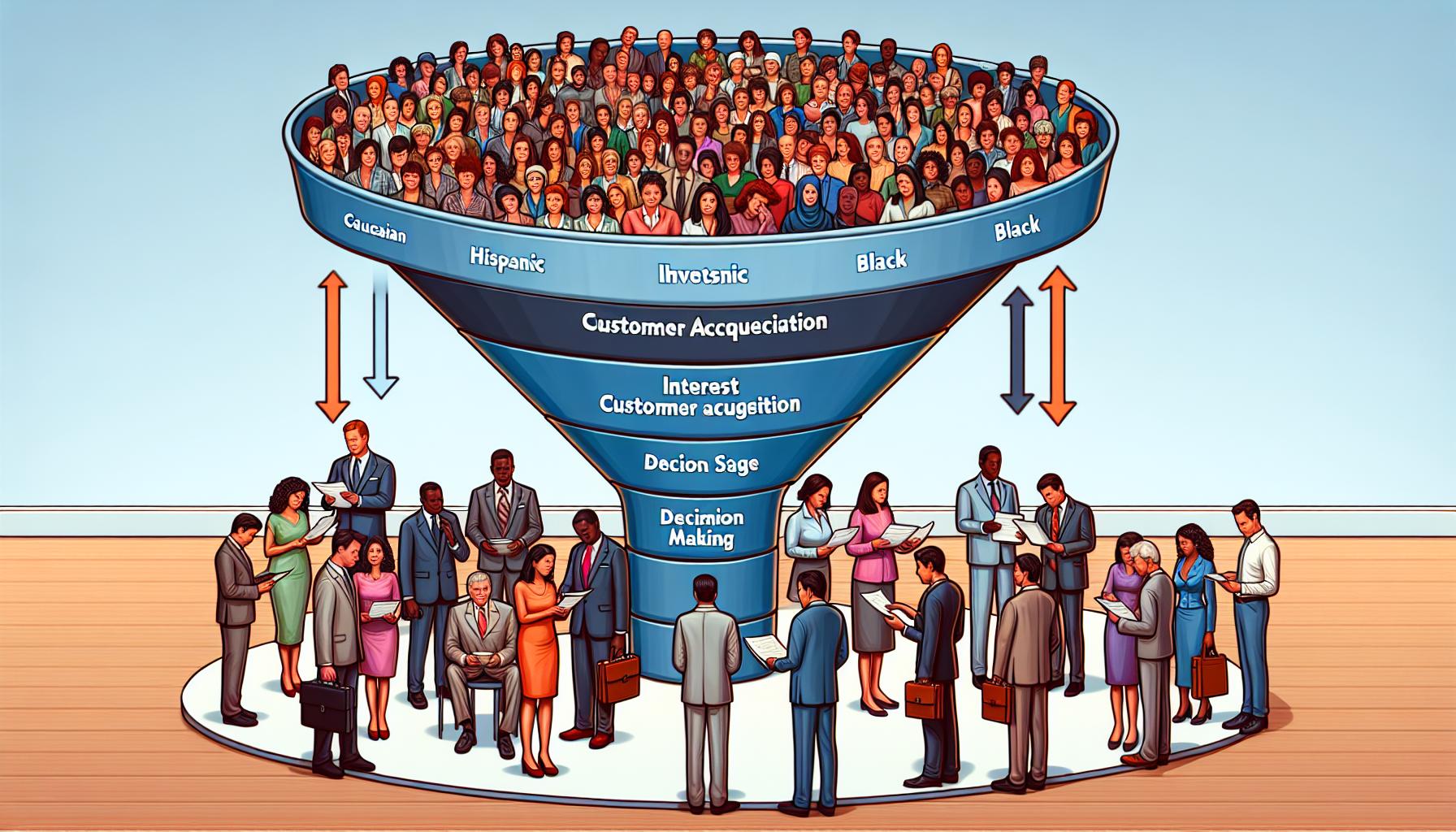Welcome to the world of Sales Funnel Building, where each stage of the pipeline holds the power to transform potential leads into loyal customers. In this article, we’ll dive deep into the concept of pipeline stages and explore how they can be strategically optimized to guide prospects seamlessly from awareness to conversion. So sit back, relax, and get ready to unravel the mysteries of the sales pipeline stage.
Table of Contents
- Understanding the Importance of Pipeline Stage in Sales Funnel Building
- Key Components and Metrics to Consider at Each Stage of the Pipeline
- Optimizing Conversion Rates by Strategically Managing Pipeline Stages
- Best Practices for Improving Sales Efficiency through Pipeline Stage Analysis
- Common Mistakes to Avoid When Moving Leads through the Sales Pipeline
- Advanced Techniques for Tailoring Content and Nurturing Leads Based on Pipeline Stage
- Insights and Conclusions
Understanding the Importance of Pipeline Stage in Sales Funnel Building

Understanding the pipeline stage in sales funnel building is crucial for maximizing your conversions and revenue. Each stage represents a different step in the customer journey, from initial awareness to final purchase. By carefully managing and optimizing each stage, you can ensure that your leads are properly nurtured and guided towards making a purchase decision.
<p>One of the key benefits of focusing on pipeline stages is that it allows you to track the progress of your leads and identify potential bottlenecks or areas for improvement. By analyzing the performance of each stage, you can pinpoint where leads are dropping off and take proactive steps to address issues. This data-driven approach enables you to make informed decisions and optimize your sales funnel for maximum effectiveness.</p>
Key Components and Metrics to Consider at Each Stage of the Pipeline
When it comes to building a successful sales funnel, it is essential to consider the key components and metrics at each stage of the pipeline. By understanding the specific factors that influence customer behavior and decision-making, you can optimize your funnel for maximum conversions and revenue generation. Here are some important elements to consider at each stage:
- Awareness: Focus on generating interest and attracting potential customers to your brand. Monitor metrics such as website traffic, social media engagement, and content views to gauge awareness levels.
- Interest: Nurture leads by providing valuable content and building relationships. Keep track of email open rates, click-through rates, and lead magnet downloads to measure interest and engagement.
- Evaluation: Help prospects evaluate your products or services by offering demos, free trials, or consultations. Track metrics like demo requests, trial sign-ups, and consultation bookings to assess interest and intent.
| Stage | Key Components | Metrics |
|---|---|---|
| Awareness | Brand visibility, content strategy | Website traffic, social media engagement |
| Interest | Email marketing, lead nurturing | Email open rates, click-through rates |
| Evaluation | Demos, free trials, consultations | Demo requests, trial sign-ups |
Optimizing Conversion Rates by Strategically Managing Pipeline Stages

When it comes to optimizing conversion rates, strategically managing pipeline stages is crucial for success. By carefully evaluating each stage of the sales funnel, you can identify areas for improvement and take action to increase the likelihood of conversions.
Here are some key strategies for :
- Identify bottlenecks: Analyze each stage of the pipeline to identify where leads are getting stuck or dropping off. Addressing these bottlenecks can help to streamline the process and improve overall conversion rates.
- Segment leads: Tailor your messaging and approach based on where leads are in the pipeline. By segmenting leads into different categories, you can deliver more personalized and targeted content to increase the chances of conversion.
Best Practices for Improving Sales Efficiency through Pipeline Stage Analysis

When it comes to optimizing your sales funnel for maximum efficiency, analyzing pipeline stages is crucial. By understanding where leads are getting stuck or dropping off in the sales process, you can make targeted improvements to increase conversions and drive revenue. Here are some :
- Identify bottlenecks: Use data analytics tools to pinpoint where leads are getting stuck in your sales funnel. This could be at the prospecting stage, the demo stage, or even at the closing stage. Identifying these bottlenecks will help you make targeted improvements to streamline the process.
- Set clear metrics: Define key performance indicators for each pipeline stage, such as conversion rates, average deal size, and sales cycle length. By setting clear metrics, you can track progress over time and make data-driven decisions to optimize your sales funnel.
Common Mistakes to Avoid When Moving Leads through the Sales Pipeline
One common mistake that businesses make when moving leads through the sales pipeline is not qualifying leads properly. It’s important to ensure that the leads you are pushing through the pipeline are a good fit for your product or service. By skipping the qualification process, you run the risk of wasting time and resources on leads that are unlikely to convert into customers.
Another mistake to avoid is neglecting to nurture leads at every stage of the pipeline. It’s essential to keep the lines of communication open with leads and provide them with valuable information and resources to help guide them through the decision-making process. By neglecting to nurture leads, you may miss out on opportunities to convert them into paying customers.
Advanced Techniques for Tailoring Content and Nurturing Leads Based on Pipeline Stage
In the world of sales funnel building, understanding where your leads are in the pipeline stage is crucial for effectively tailoring content and nurturing them towards a conversion. By utilizing advanced techniques, you can create personalized experiences that resonate with your audience at each stage of their journey.
One powerful technique is to segment your leads based on their pipeline stage and then deliver targeted content that addresses their specific needs and challenges. By using dynamic content tools, you can customize emails, landing pages, and ads to speak directly to where a lead is in the buying process. Additionally, implementing lead scoring mechanisms can help you prioritize and focus your efforts on those prospects who are most likely to convert. By leveraging these strategies, you can increase engagement, build trust, and ultimately drive more sales.
Insights and Conclusions
As you navigate through the intricate world of sales funnels, remember that each pipeline stage is a crucial step towards achieving your ultimate goal of conversion. By understanding and optimizing each stage, you can streamline your sales process and guide your leads seamlessly towards making a purchase. So, go forth with confidence and finesse, and watch as your efforts lead to a successful and lucrative sales funnel. Good luck!

